Archaeologists who were as adventurous as Indiana Jones
Meet the real-life adventurers who could give Indiana Jones a run for his money! These archaeologists aren’t just digging up artifacts; they’re uncovering history with a flair for adventure that rivals any action movie.
These brave souls have delved into ancient tombs, crossed scorching deserts, and faced the unknown, driven by a passion for discovery.
Hiram Bingham III: The Indiana Jones of Machu Picchu
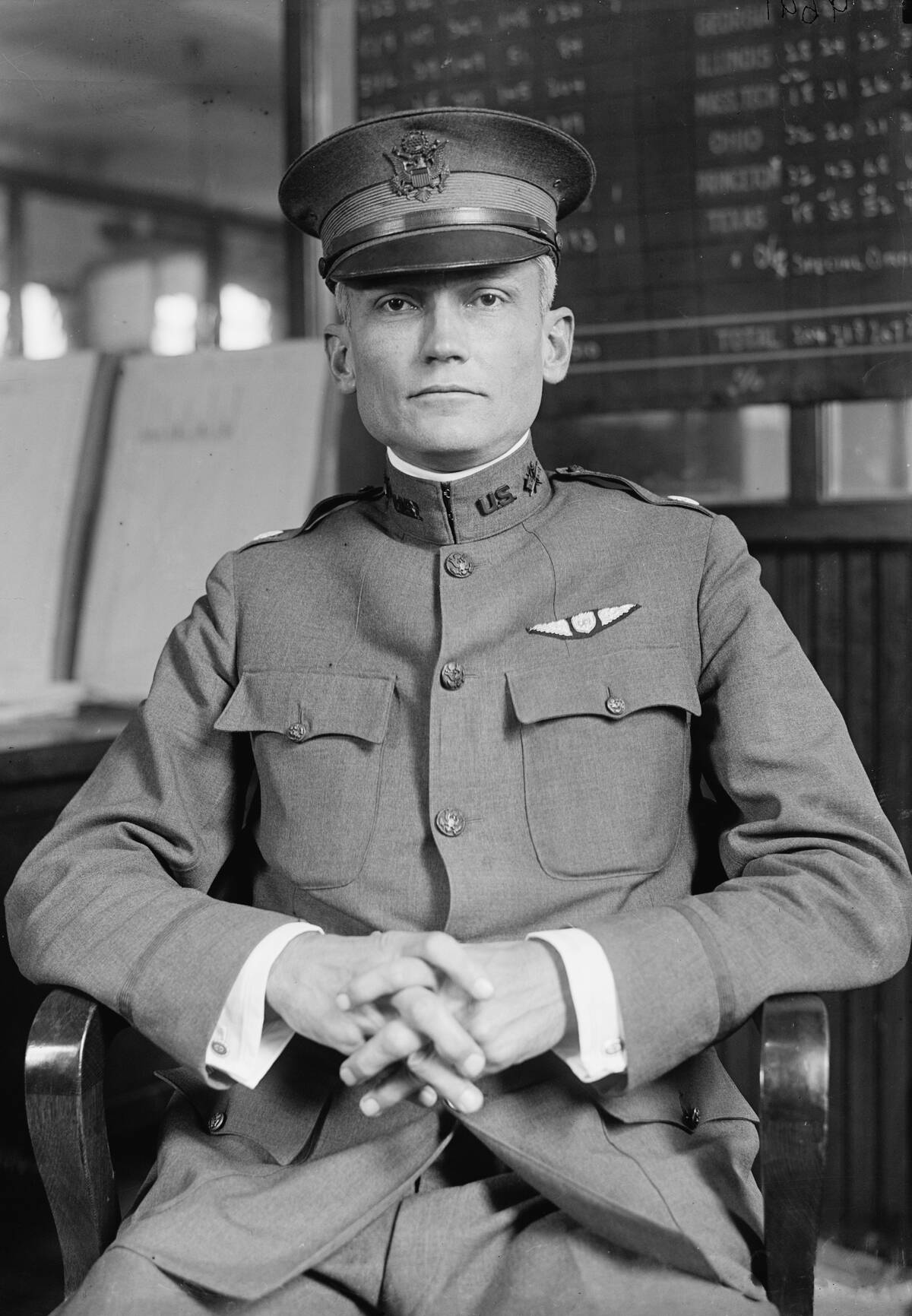
Hiram Bingham III is often credited with bringing Machu Picchu to the world’s attention in 1911. His expeditions through the Peruvian Andes were as daring as they were groundbreaking.
With a hat and a sense of purpose, Bingham’s journey to the lost Incan city has become legendary, echoing the fictional exploits of a certain cinematic archaeologist.
Howard Carter: Unveiling the Secrets of King Tut’s Tomb
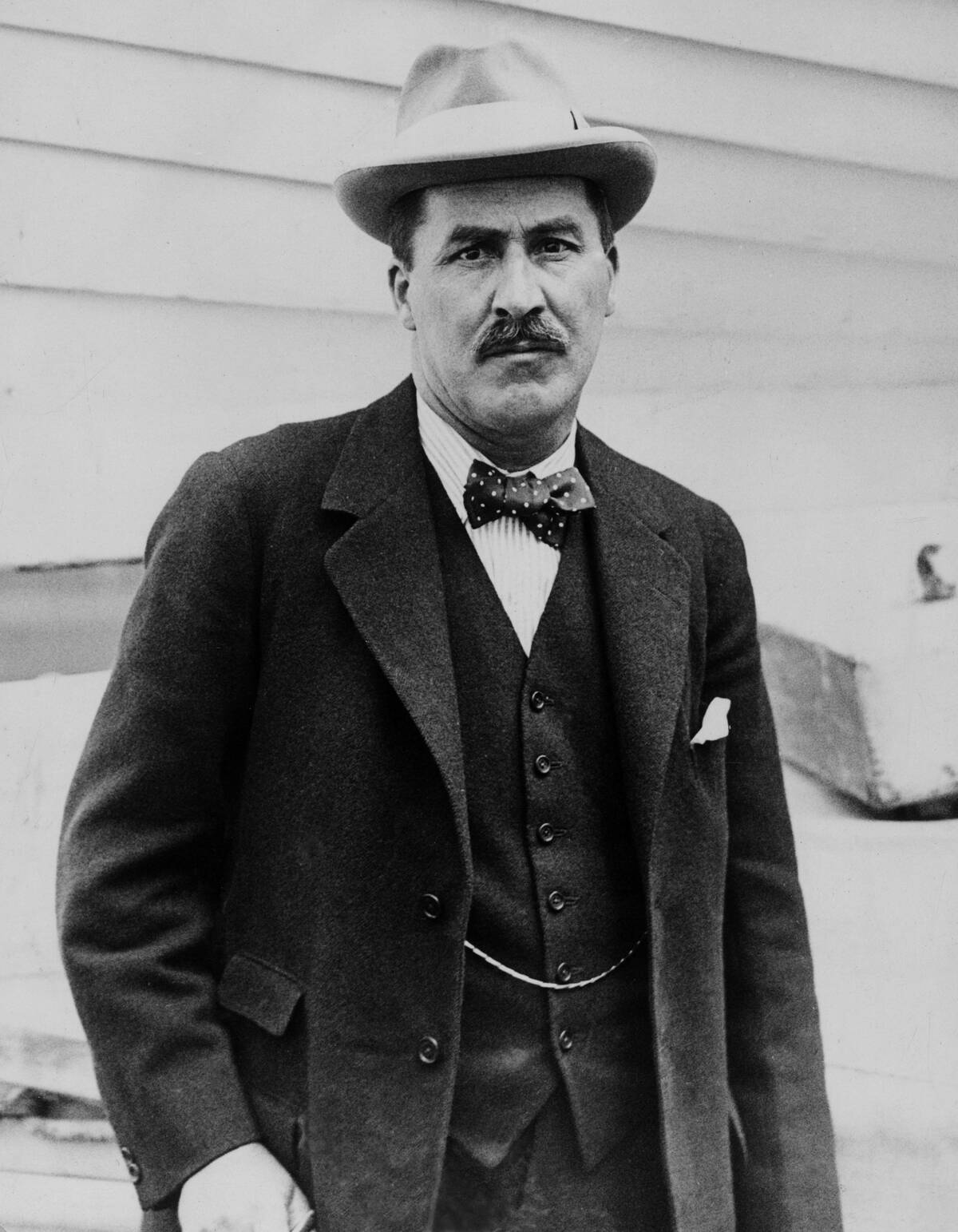
The discovery of King Tutankhamun’s tomb in 1922 by Howard Carter was a sensation. Beyond the treasure, it was the untouched nature of the tomb that made headlines.
Carter’s meticulous work not only brought the boy king back to life in the public’s imagination but also transformed our understanding of ancient Egyptian culture.
Gertrude Bell: The Desert Queen and Her Arabian Escapades
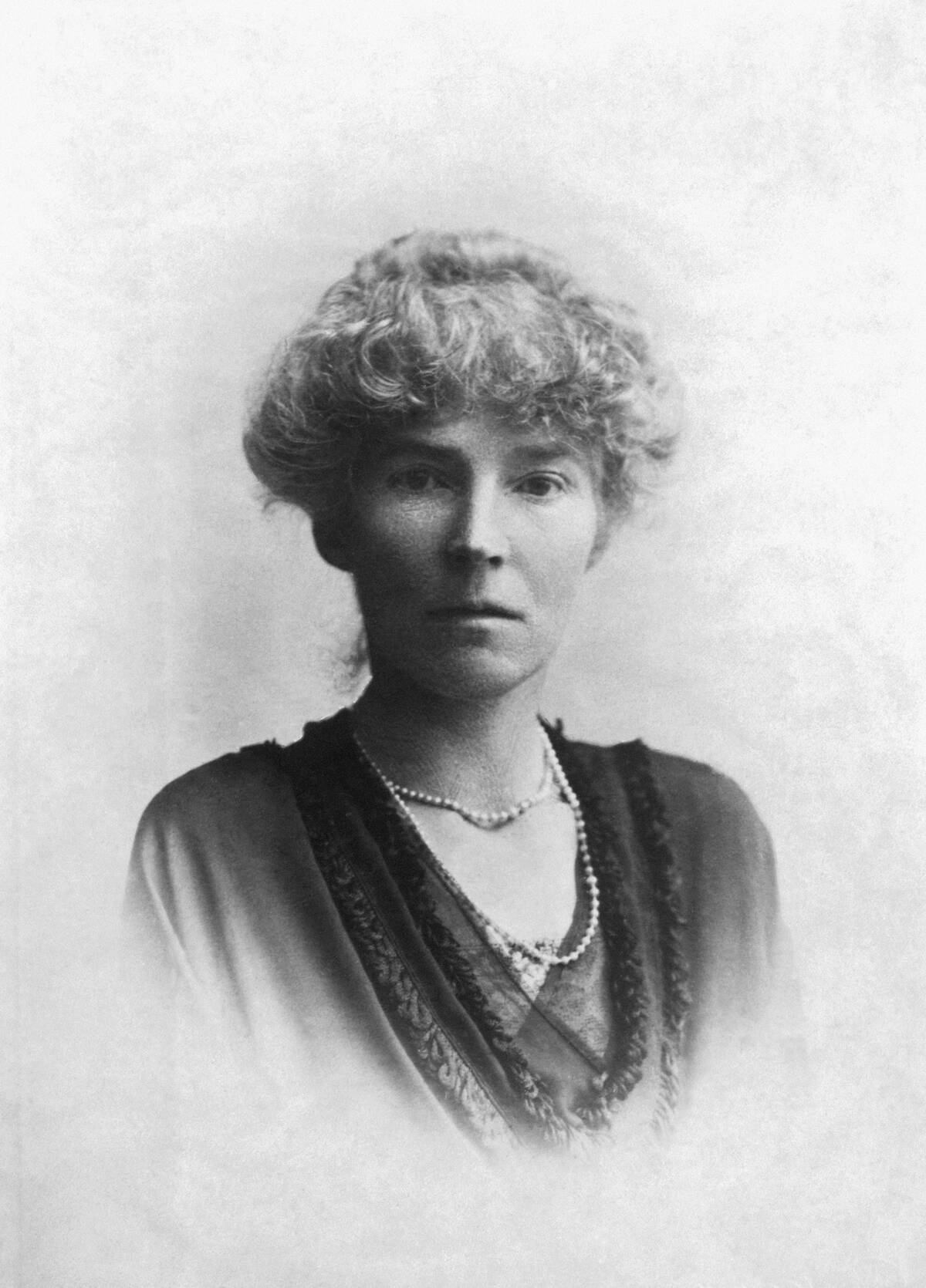
Gertrude Bell was a trailblazer in a man’s world, exploring the Middle East with unparalleled expertise. Her expeditions through the Arabian desert were not just about archaeology but also diplomacy.
Bell’s work laid the foundations for contemporary understanding of the region’s complex history and earned her the title of “Desert Queen.”
Roy Chapman Andrews: The Dinosaur Hunter of the Gobi Desert
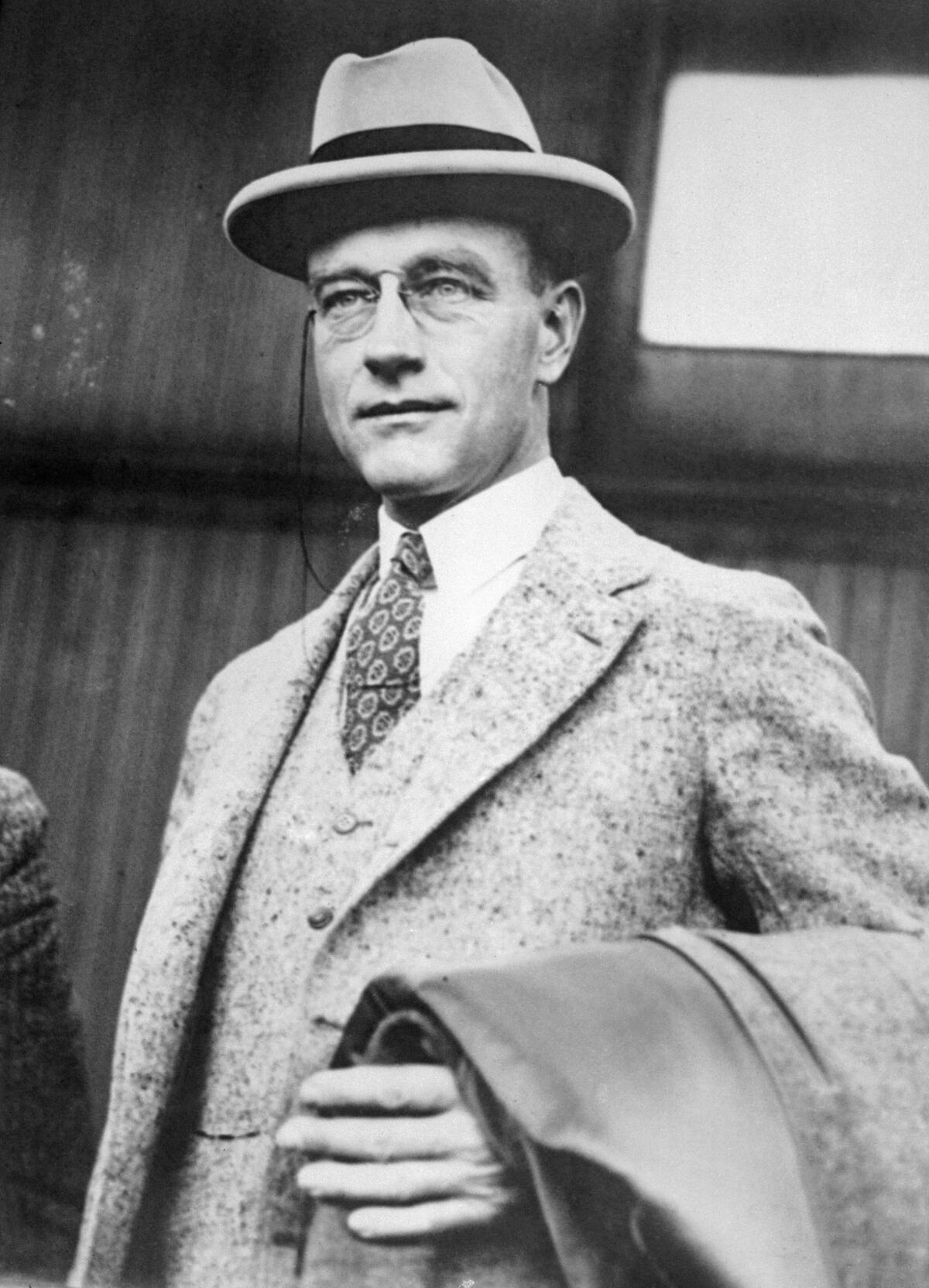
Roy Chapman Andrews’ expeditions in the Gobi Desert during the 1920s led to the discovery of the first known dinosaur eggs.
With his adventurous spirit and penchant for danger, Andrews is often cited as an inspiration for Indiana Jones. His work redefined paleontological research and captured the world’s imagination.
Mary Leakey: Unraveling the Mysteries of Human Origins
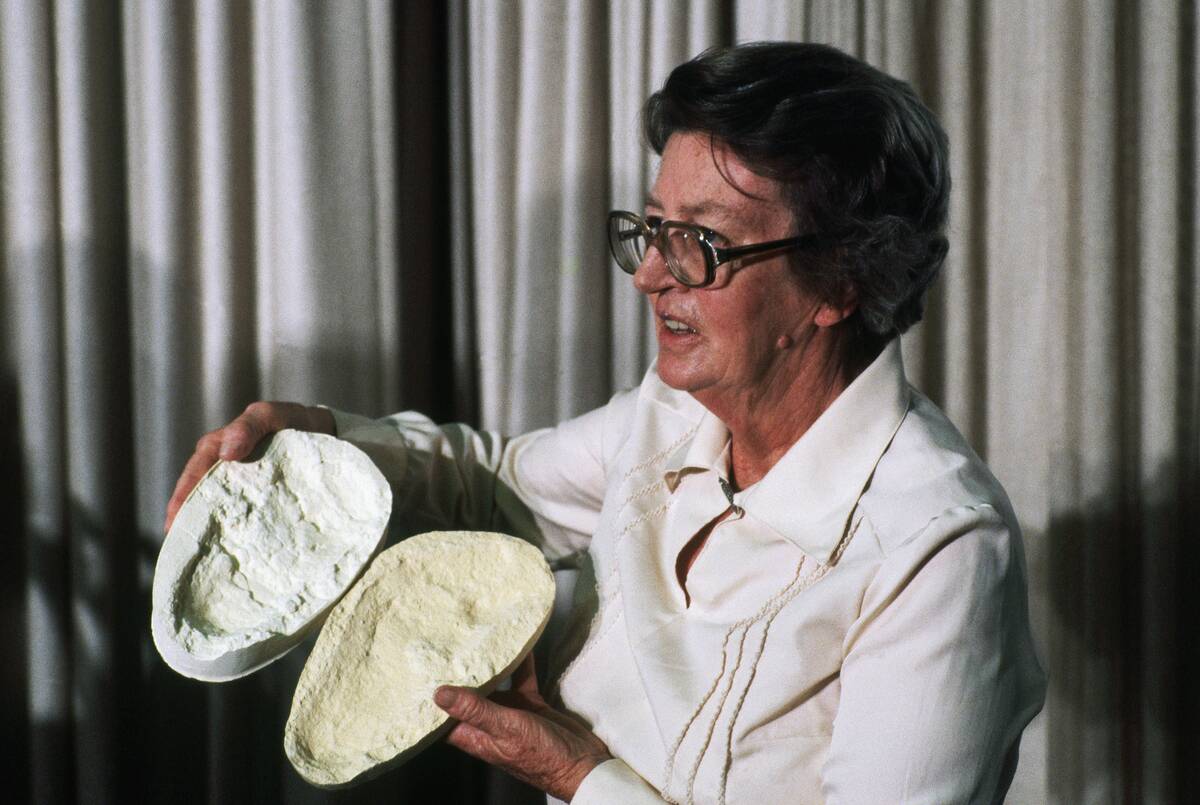
Mary Leakey’s archaeological work in East Africa unearthed some of the earliest known human ancestors. Her discoveries, like the Laetoli footprints, provided crucial evidence for human evolution.
Leakey’s dedication to meticulous excavation changed the landscape of paleoanthropology, revealing the deep roots of humanity’s family tree.
Percy Fawcett: The Lost City of Z and His Mysterious Disappearance
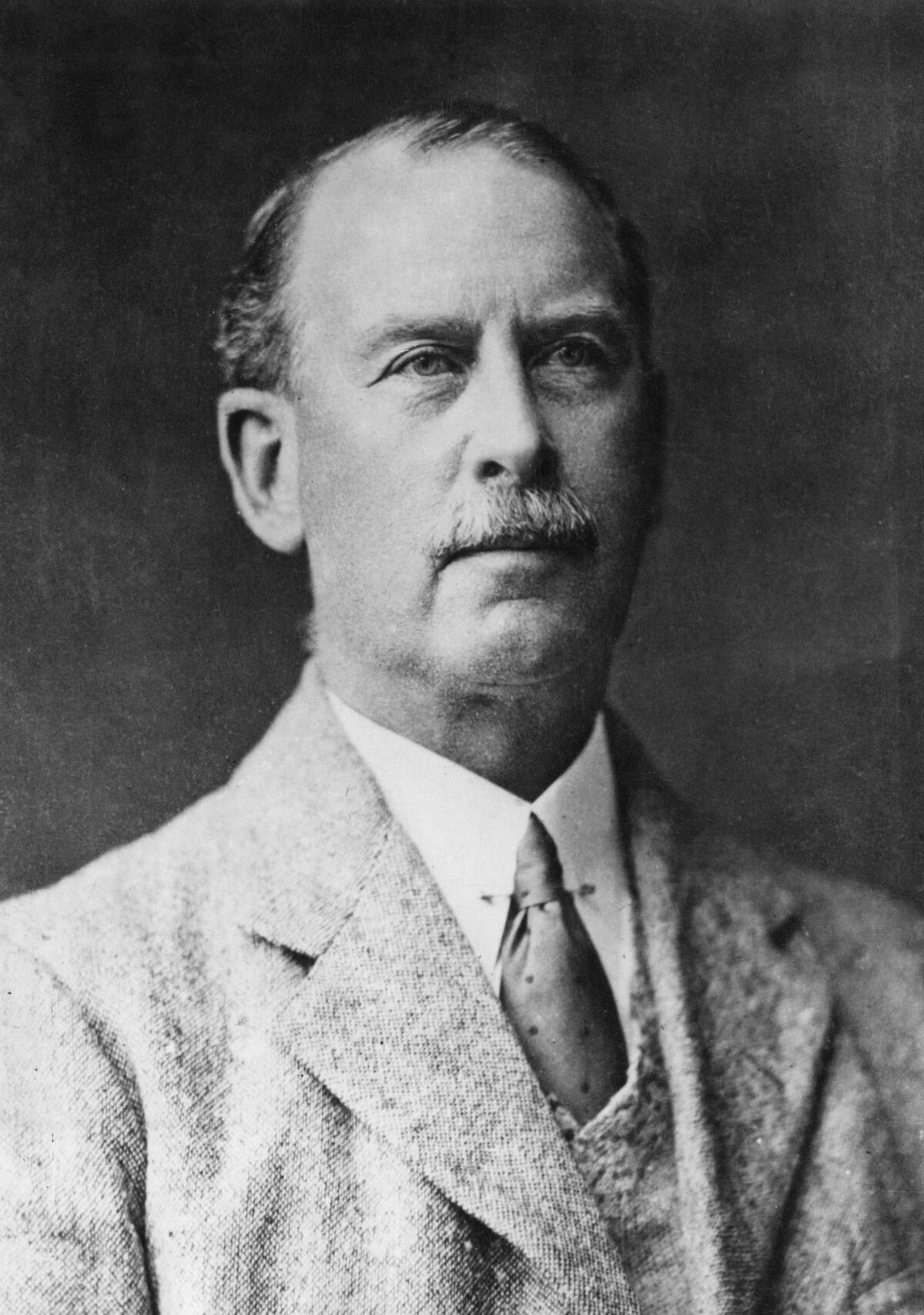
Percy Fawcett’s obsession with finding the fabled Lost City of Z led him deep into the Amazon rainforest.
In 1925, he vanished, sparking one of the greatest exploration mysteries of the 20th century. Fawcett’s story continues to intrigue, inspiring books and films about his quest and enigmatic disappearance.
Heinrich Schliemann: The Treasure Hunter of Troy
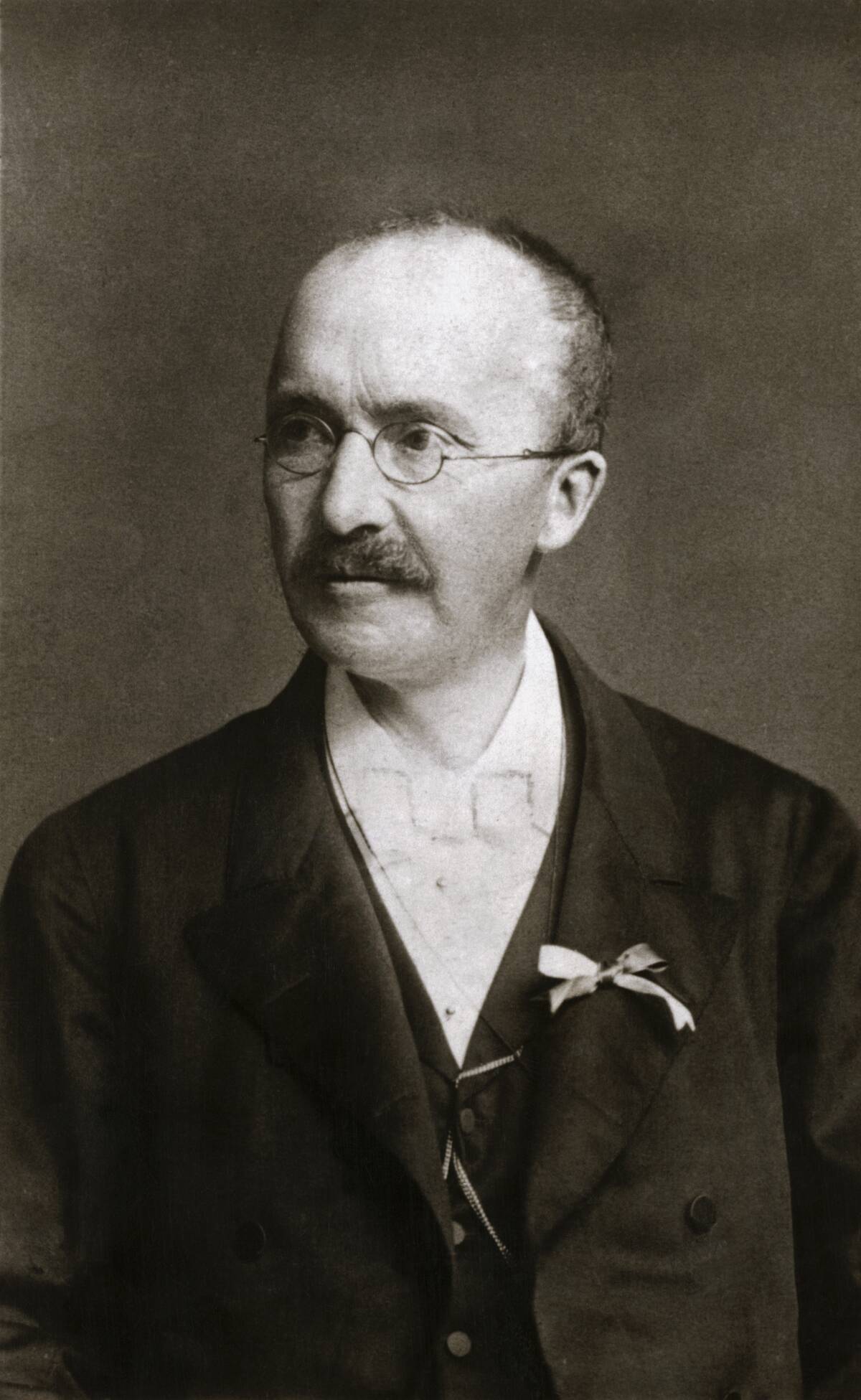
Heinrich Schliemann’s discovery of what he believed to be the ancient city of Troy in the 1870s was a landmark in archaeology.
Although his methods were controversial for damaging the site and for his penchant for inaccuracies, Schliemann’s work brought to life the epic tales of Homer’s Iliad. His passion for uncovering the past, despite the risks, set a precedent for future archaeological pursuits.
Sir Leonard Woolley: Excavating the Ancient Sumerian City of Ur
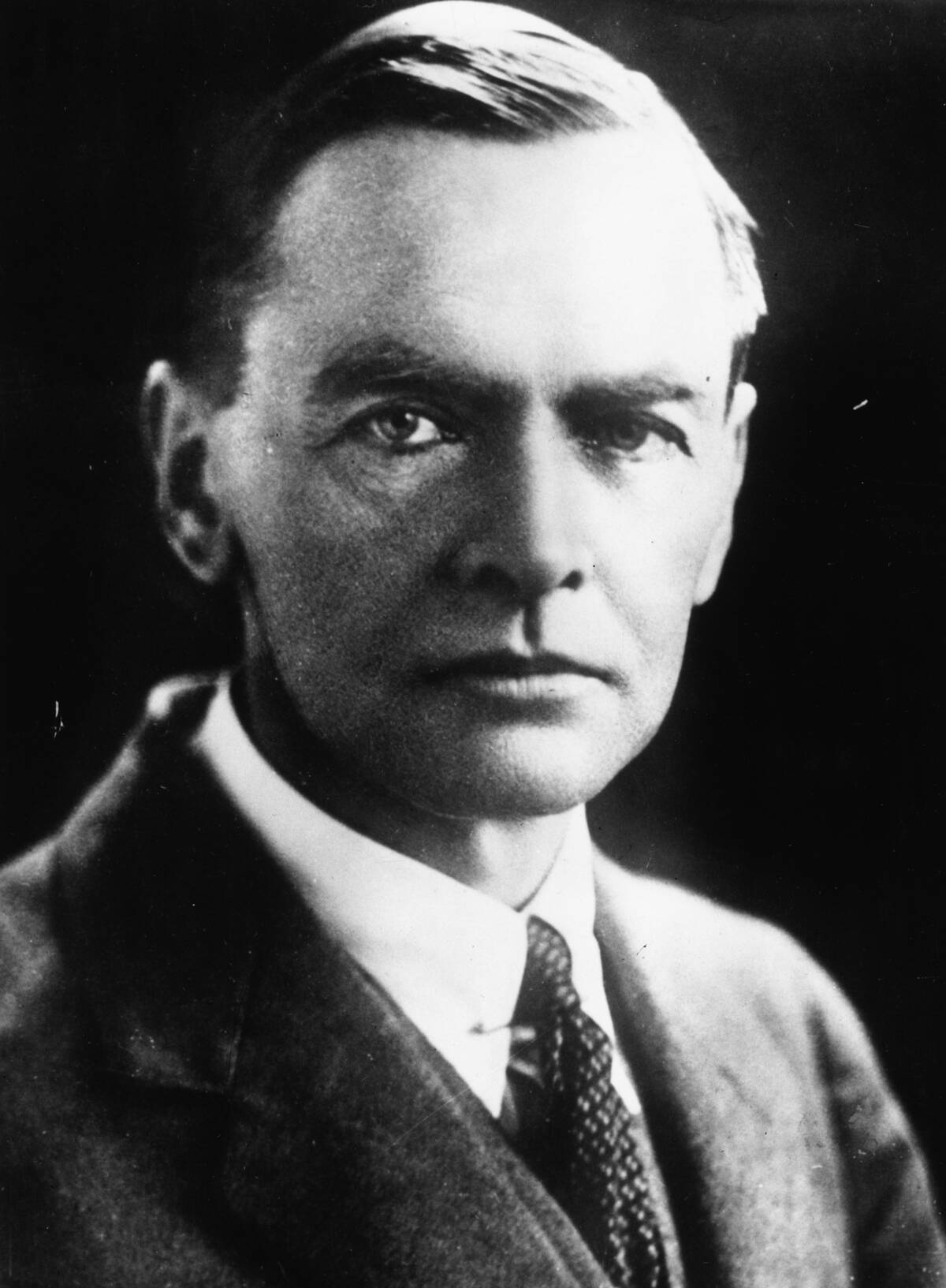
Sir Leonard Woolley’s excavations at Ur in the 1920s revealed the grandeur of ancient Sumerian civilization.
His discovery of the Royal Cemetery, with its lavish tombs, offered a glimpse into Mesopotamia’s rich cultural heritage. Woolley’s work was pivotal in understanding the early dynastic period of the region.
John Lloyd Stephens: Exploring the Ancient Maya Civilization
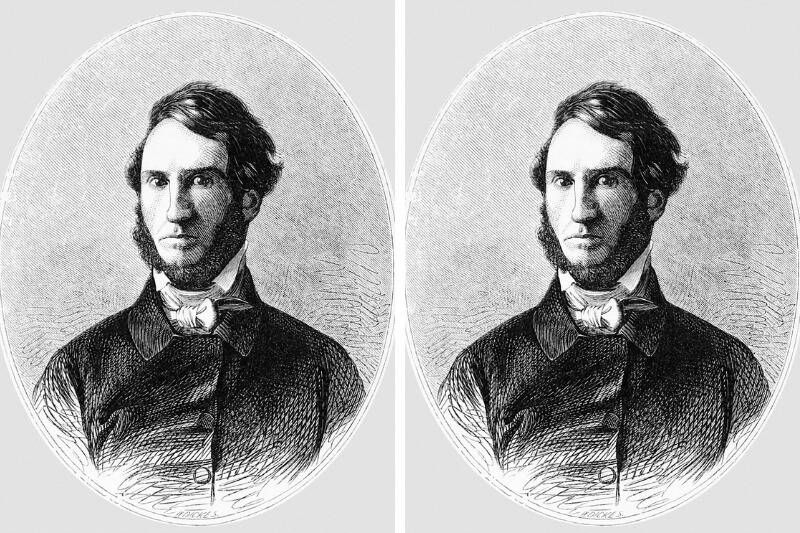
John Lloyd Stephens’ explorations in the 19th century were instrumental in bringing the Maya civilization to the forefront of archaeological study.
With his vivid travelogues, Stephens introduced the world to the awe-inspiring ruins of Copán and Palenque, sparking widespread interest in Mesoamerican history and culture.
Zelia Nuttall: The Intrepid Explorer of Mexico’s Past
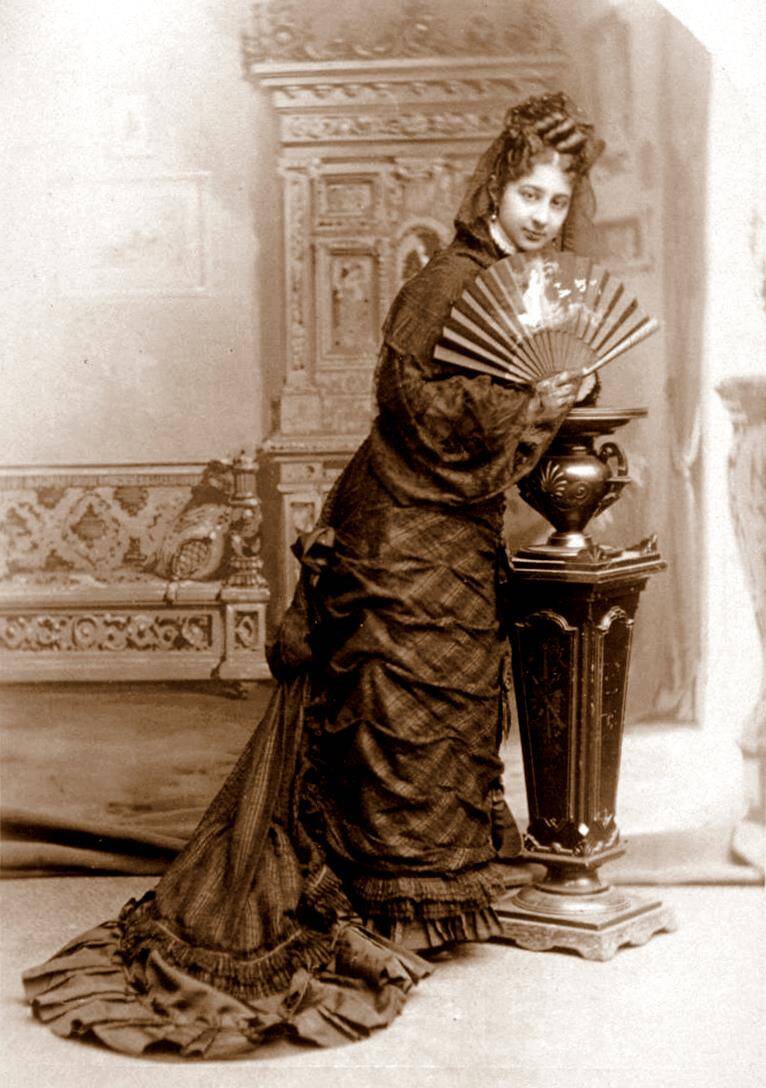
Zelia Nuttall was a pioneering archaeologist whose work in Mexico unearthed significant insights into pre-Columbian cultures.
Her dedication to preserving indigenous artifacts and her scholarly contributions were groundbreaking. Nuttall’s passion for Mesoamerican history helped shape the field of archaeology in the region.
T. E. Lawrence: From Archaeologist to Lawrence of Arabia
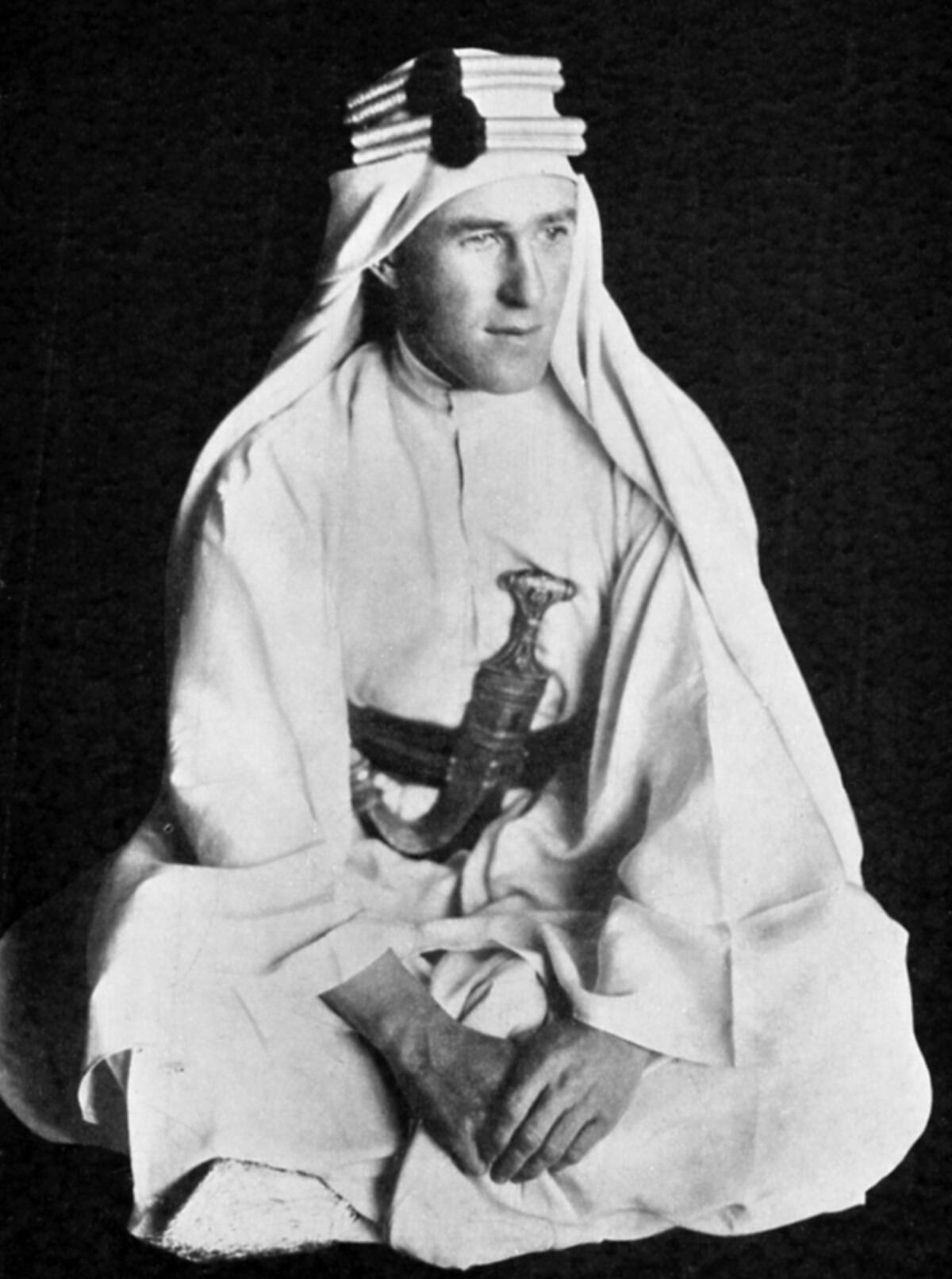
Before becoming known as Lawrence of Arabia, T. E. Lawrence was an archaeologist who worked on sites in the Middle East.
His academic background informed his later military and diplomatic roles during World War I. Lawrence’s blend of archaeology and adventure left an indelible mark on history and popular culture.
Sylvanus Morley: Espionage and Archaeology in the Maya World
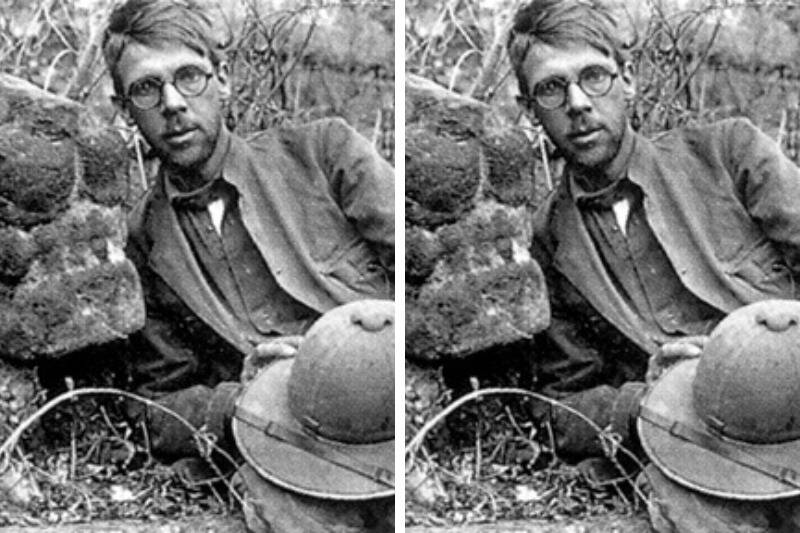
Sylvanus Morley is remembered not only for his contributions to Maya archaeology but also for his role as a spy during World War I.
His work deciphering Maya hieroglyphs was revolutionary, while his espionage activities added an intriguing layer to his legacy, blending science with cloak-and-dagger intrigue.



